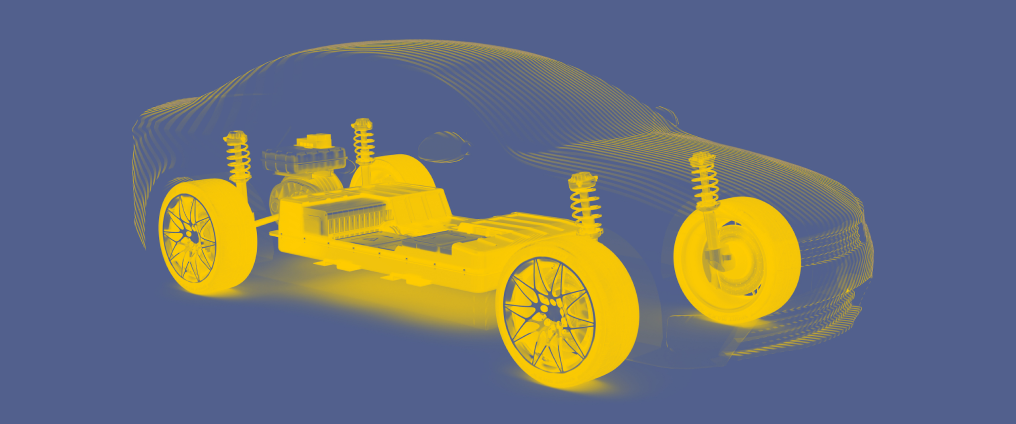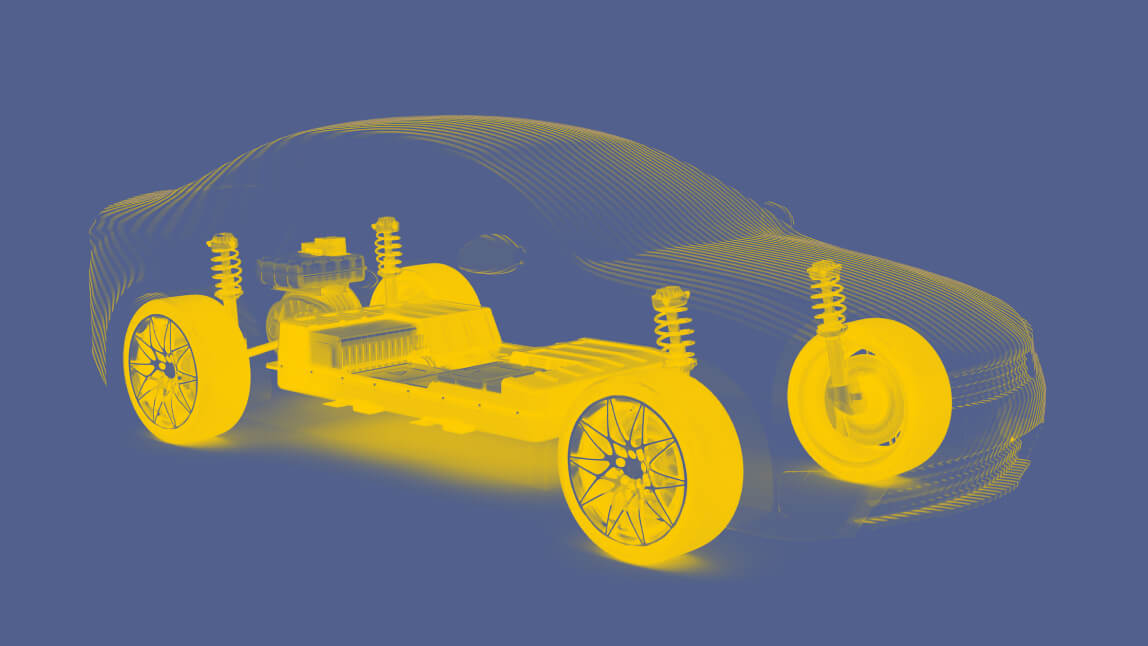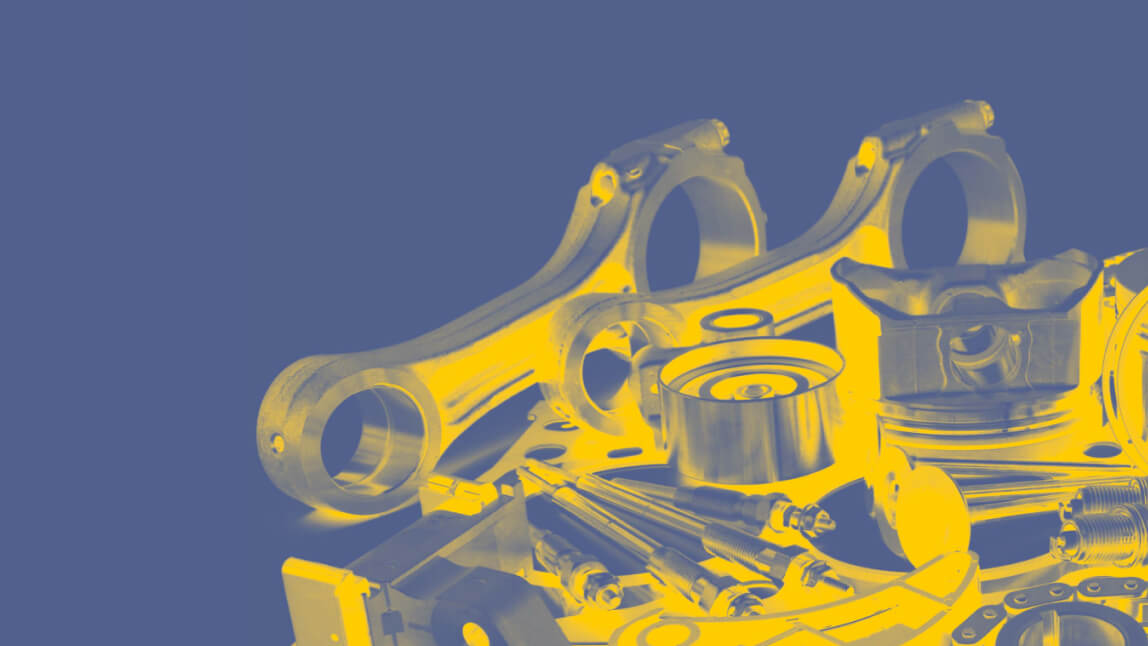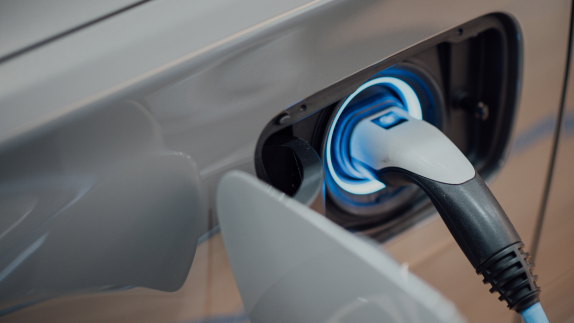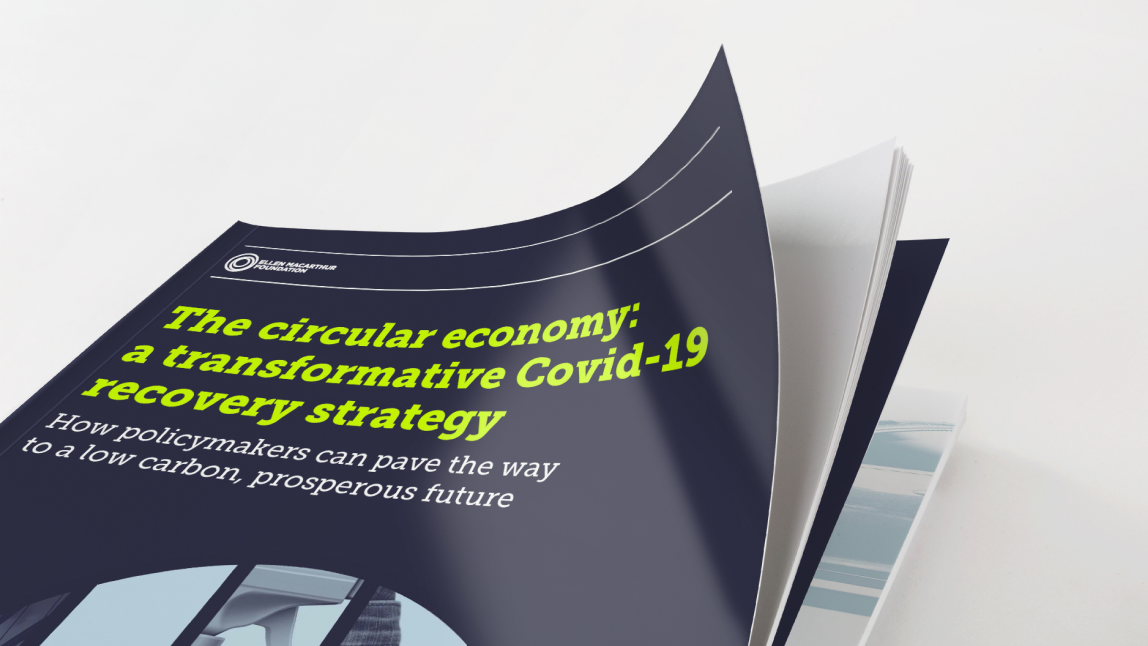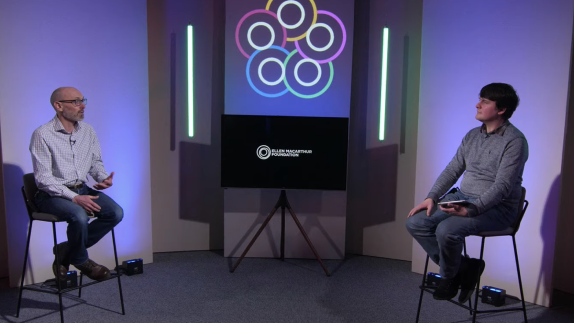Part of a series of case studies that exemplify elements of the Universal Circular Economy Policy Goals (2021) in practice.
Innovators and policymakers collaborate to identify circular solutions for electric vehicle batteries, and to evolve the legal framework so that circular innovations can scale.
The circular potential of electric vehicle batteries
Electric vehicle (EV) batteries can provide multiple environmental benefits across various use-cycles. Used as car batteries, they support decarbonisation and reduce the harmful pollutants from the transport sector. Lithium-ion batteries, the most common type of EV battery, can also be reused for other purposes. For example, a battery originally designed to power a car can be reused to store wind and solar energy and smoothen energy fluctuations on the grid. By repurposing EV batteries, innovators can prevent EV battery waste, limit the extraction of critical raw materials, and partly offset the indirect CO₂ emissions associated with the production of EV batteries.
Keeping up with innovation
Innovation and technological developments in today’s market are fast-paced. It can be challenging for policymakers to keep policies up-to-date with technological developments and ensure an enabling environment and legal framework in which key innovations can scale. EU legislations were not designed to allow for multiple uses of EV batteries. Therefore, there is a lack of clarity around how the current legislative framework applies to these new technologies, which may inadvertently prevent innovations from being fully realised.
Innovation Deals: a new form of public-private collaboration
In the 2015 EU Action Plan for the Circular EconomyCircular EconomyA systems solution framework that tackles global challenges like climate change, biodiversity loss, waste, and pollution. It is based on three principles, driven by design: eliminate waste and pollution, circulate products and materials (at their highest value), and regenerate nature., Innovation Deals were identified as a mechanism to stimulate innovation and support the transition towards a circular economy. Innovation Deals are a novel, non-legislative mechanism where the public and private sector collaborate to address non-financial barriers to innovation and foster solutions at the system level. They are voluntary agreements between the European Commission and innovators to collaborate to understand how EU legislation works in practice and whether it impedes innovation.
How did it work and who was involved?
The European Commission selected two Innovation Deals out of 32 project proposals as pilots to help innovators with promising circular solutions to overcome potential regulatory barriers and bring their ideas to the market. The “From E-Mobility to recycling: the virtuous loop of the electric vehicle” Innovation Deal brought innovators from the automotive industry including Groupe Renault together with, the Dutch and French public authorities, and the European Commission. The consortium collaborated to identify regulatory barriers to reusing EV batteries as energy storage devices and find solutions.
The innovators produced three reports that assessed the regulatory frameworks that apply to the smart charging of EV batteries and the reusereuseThe repeated use of a product or component for its intended purpose without significant modification. of EV batteries as energy storage devices. The European Commission then discussed with the consortium the findings of the reports and possible ways to address these challenges.

Signing ceremony of the innovation deal 'From E-Mobility to recycling: the virtuous loop of the electric vehicle'. Source: European Commission
Outcomes
In its reports, the consortium put forward recommendations to encourage the reuse of EV batteries as energy storage devices and design an energy market that would enable innovations to scale. These reports served as a starting point for discussions with policymakers on how to address legislative and regulatory challenges. Insights from innovators were reflected in the European Commission's 2020 proposed revision of the EU Battery Directive, which aims to ensure long-lasting and safe batteries that are repurposed, remanufactured or recycled at their end of life. In March 2022 the European Council adopted a general approach to the proposed revision that extends the scope of the regulation to include all EV batteries.
Based on the lessons learned from the two pilot projects, the European Commission has decided to continue Innovation Deals and broaden the scope beyond the circular economy.
Collaborate for system change
The deployment of innovative circular economy solutions depends on developing adequate infrastructure, markets, and systems to support them. Currently, most policy frameworks have been developed to support and legislate for linear processes and systems. These may inadvertently disincentivise the deployment of innovative solutions for the circular economy and cause technological and infrastructural lock-ins. Fostering responsive public-private collaboration across value chains to identify and address barriers, support the scaling of new technologies, develop new policies, use regulatory sandboxes where appropriate, and align existing ones can support the transition towards a circular economy.
Illustrating the Universal Circular Economy Policy Goals

Part of a series of case studies that exemplify elements of the Universal Circular Economy Policy Goals (2021) in practice.
